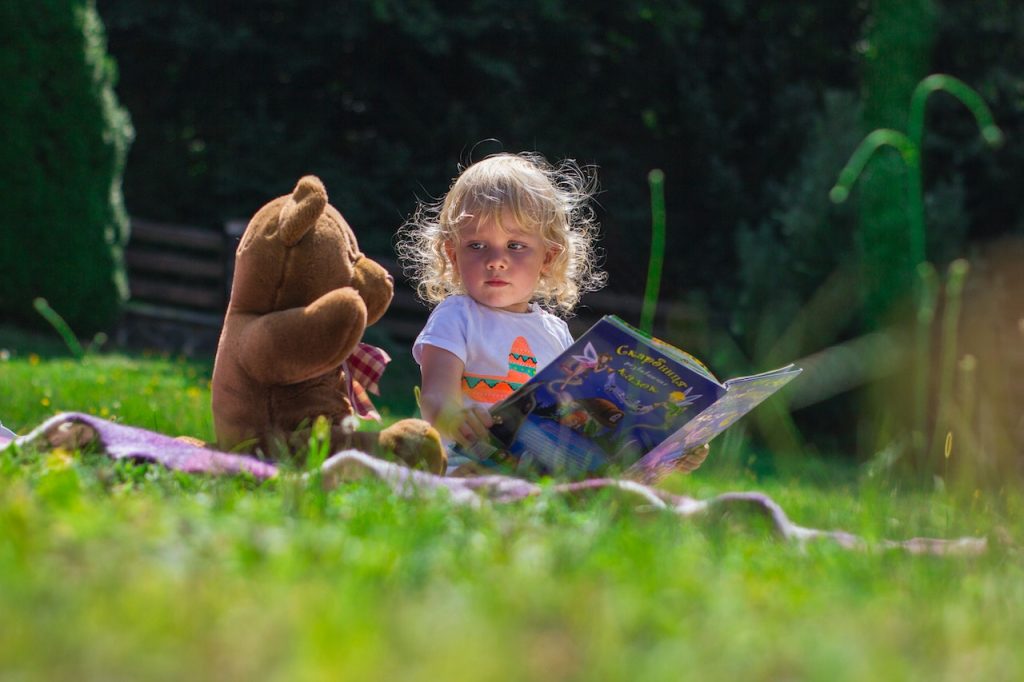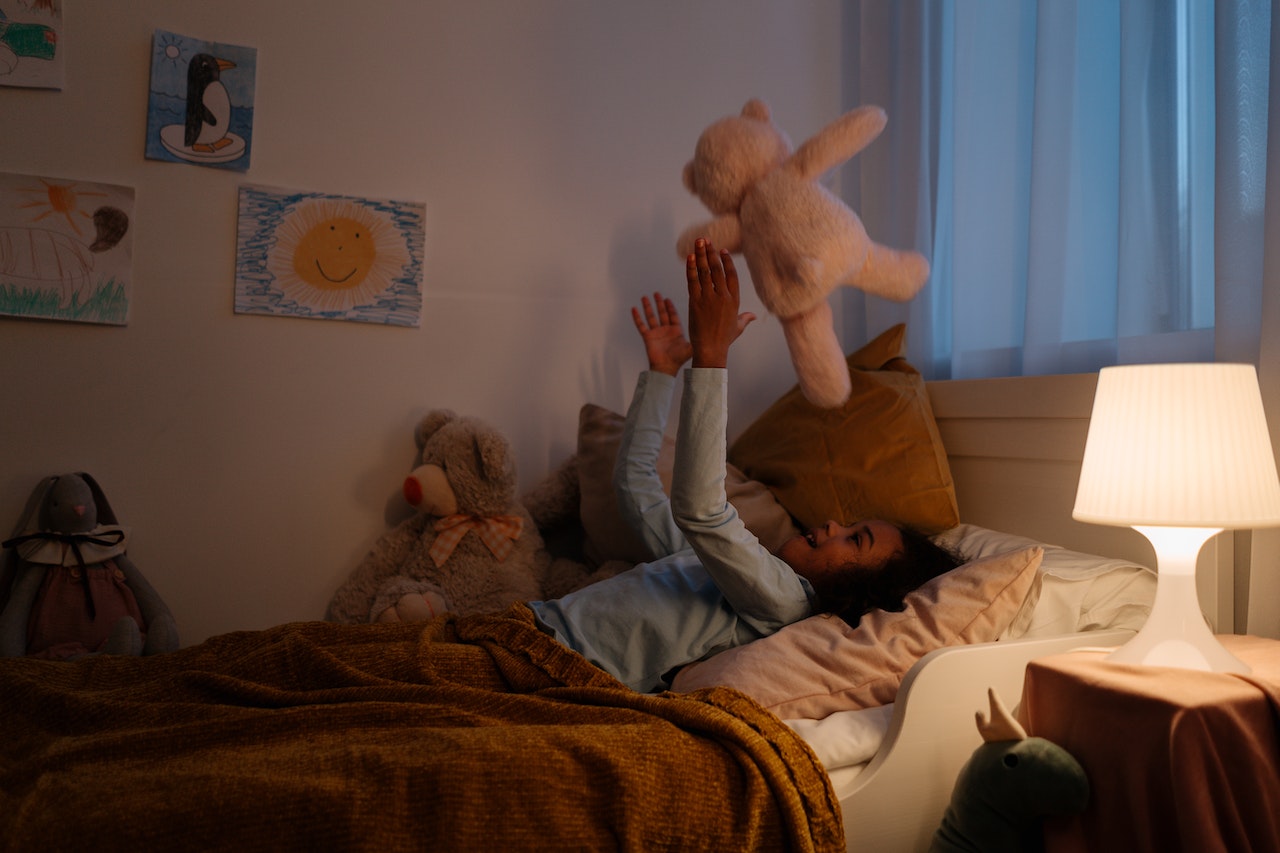Teddy bears and stuffed animals have long been cherished companions for children, offering comfort, warmth, and a sense of security. However, beyond their cuddly exterior, these beloved toys play a vital role in a child’s learning and growth. From enhancing emotional well-being to fostering cognitive development, the presence of recordable teddy bears and stuffed animals has proven to be instrumental in a child’s overall development.
Beneficial Impact of Teddy Bears on a Child’s Learning and Development
Emotional Support
Teddy bears and stuffed animals serve as emotional anchors for children, providing a source of comfort during times of stress, separation, or insecurity. Research has shown that children often form strong emotional attachments to their favorite stuffed companions, relying on them for emotional support and a sense of stability. These soft and huggable toys become reliable confidants, encouraging children to express their emotions, fears, and joys without judgment. Such interactions cultivate emotional intelligence and promote a healthy understanding of self-expression.
Read Also:- How to Select the Perfect Bedding for a Child’s Room?
Empathy and Social Skills
Through imaginative play with teddy bears and stuffed animals, children develop vital social skills and empathy. Young children often engage in pretend scenarios and role-playing as caregivers to their toys, which helps them understand and internalize concepts such as nurturing, sharing, and empathy. As children engage in these play scenarios, they learn to consider the needs and feelings of others, fostering essential social skills that lay the foundation for healthy relationships and interactions with peers.
Language Development
Teddy bears and stuffed animals serve as silent listeners and interactive conversational partners, supporting language development in children. When engaged in conversations with their beloved toys, children practice language skills, including vocabulary expansion, storytelling, and articulation. As children share their thoughts, experiences, and imagination with their furry friends, they gain confidence in verbal communication and improve their linguistic abilities.
Problem-Solving and Critical Thinking
Teddy bears and stuffed animals can be incorporated into educational activities that promote problem-solving and critical-thinking skills. Children often involve their toys in puzzles, building structures, or creating imaginary scenarios, which stimulates their cognitive abilities. These interactions encourage children to think critically, make decisions, and develop problem-solving strategies. The process of overcoming challenges alongside their cuddly companions fosters resilience, perseverance, and logical reasoning skills.
Emotional Regulation and Self-Soothing
Children often turn to teddy bears and stuffed animals as a means of emotional regulation and self-soothing. These soft toys provide a physical outlet for children to channel their emotions and find comfort. Hugging, squeezing, or stroking their stuffed companions can help alleviate stress, reduce anxiety, and promote relaxation. By engaging in self-soothing behaviors with their teddy bears, children develop a healthy coping mechanism and emotional resilience.
Responsibility and Caretaking
When children adopt teddy bears and stuffed animals. They assume a sense of responsibility and learn the importance of caring for others. Taking care of their plush companions involves activities like dressing them, feeding them imaginary food, or ensuring they have a comfortable sleeping environment. This role-playing fosters a sense of empathy, teaches children about the needs of others, and instills a sense of responsibility. As they understand the importance of looking after their beloved toys.
Physical Development
Engaging with teddy bears and stuffed animals can contribute to a child’s physical development. Children often engage in active play, such as dancing, jumping, or running, incorporating their toys into these activities. This promotes gross motor skills, coordination, and balance. Additionally, children can practice fine motor skills by dressing their toys, buttoning their clothes, or arranging their accessories, enhancing their hand-eye coordination and dexterity.
Multicultural Awareness
Teddy bears and stuffed animals come in a variety of shapes, sizes, and designs, representing different cultures and traditions. By introducing diverse stuffed toys to children, parents, and educators can foster multicultural awareness and appreciation. Children can learn about different countries, languages, and customs through their interactions with these toys, promoting inclusivity and broadening their understanding of the world around them.
Conclusion
Beyond being cherished playthings, teddy bears and stuffed animals offer a myriad of benefits for a child’s learning and growth. Through emotional support, empathy development, language acquisition, problem-solving, and emotional regulation, these cuddly companions become invaluable tools for a child’s learning and development. As children form lasting bonds with their furry friends, they cultivate essential skills that contribute to their overall well-being and lay the foundation for future learning and social interactions. The impact of teddy bears and stuffed animals goes far beyond the physical; their presence holds a special place in a child’s journey of learning, growth, and emotional development.






